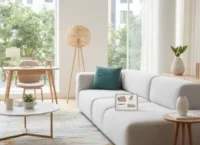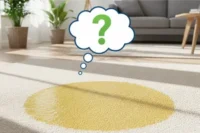Top 3 Benefits of Freestanding Greenhouses for Gardeners
Published: 11 Jul 2025
Have you ever dreamed of growing your favorite herbs, vegetables, or flowers all year long, even during winter? A freestanding greenhouse makes that possible. It is a stand-alone structure that does not rely on walls from your home or garage. That means you can place it anywhere in your yard where sunlight is strongest.
Many gardeners choose freestanding greenhouses for space flexibility, better light exposure, and hobby expansion. If you are a beginner or a seasoned grower, this setup gives you more control and freedom. Let’s explore the three main benefits of freestanding greenhouses and why they’re a smart choice for gardeners of all levels.
1. Full Sunlight & Flexible Placement
Place It Where It Grows Best
Have you ever wondered why greenhouses are built in open areas? One big reason is sunlight. Plants need full light to grow strong and healthy. A freestanding greenhouse gives you the freedom to choose the sunniest spot in your yard. Unlike attached greenhouses that are stuck to a wall and may stay in shade, a freestanding one has no wall shading. That means light can reach from all four sides.
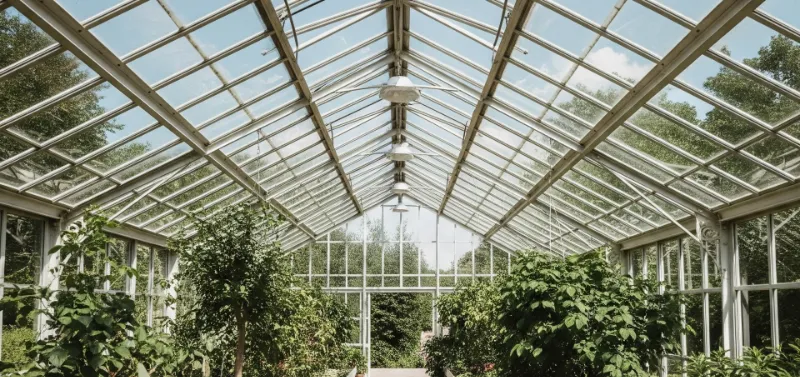
This freedom helps with better photosynthesis, the natural process that plants use to turn sunlight into food. When plants get light from every direction, they grow faster, stronger, and more colorful. That’s one of the biggest advantages of having a greenhouse that stands alone.
Also, a freestanding greenhouse is easy to move or reorient. If you ever notice your plants need more sun or less wind, you can simply change their direction. You’re not locked into one place.
As a furniture and gardening expert, I always tell my clients: a greenhouse is a good example of smart design. It takes a natural process, sunlight, and turns it into something useful, like fresh herbs, vegetables, or flowers, even in colder months.
Expert Tip:
Always place your greenhouse in an east-west direction. This way, it catches more sunlight throughout the day, especially helpful in winter months.
2. Better Airflow & Climate Control
One of the biggest advantages of the greenhouse effect is that it allows you to create a warm, steady climate for your plants. A freestanding greenhouse gives you even more control over airflow, temperature, and humidity. This helps plants grow faster, stay healthier, and avoid many common problems like mold or overheating.
Fresh Air Keeps Your Greenhouse Healthy
A freestanding greenhouse gives you full control over how air flows inside. You can install vents on all four sides, which isn’t possible with attached greenhouses. This balanced airflow helps remove extra heat, moisture, and stale air.
Good ventilation reduces the risk of:
- Mold and mildew buildup
- Fungal diseases
- Overheating during sunny days
You can also install louvers or fans to move air more effectively. Some gardeners even add automatic vent openers that adjust based on temperature. This kind of setup keeps your plants comfortable and growing strong.
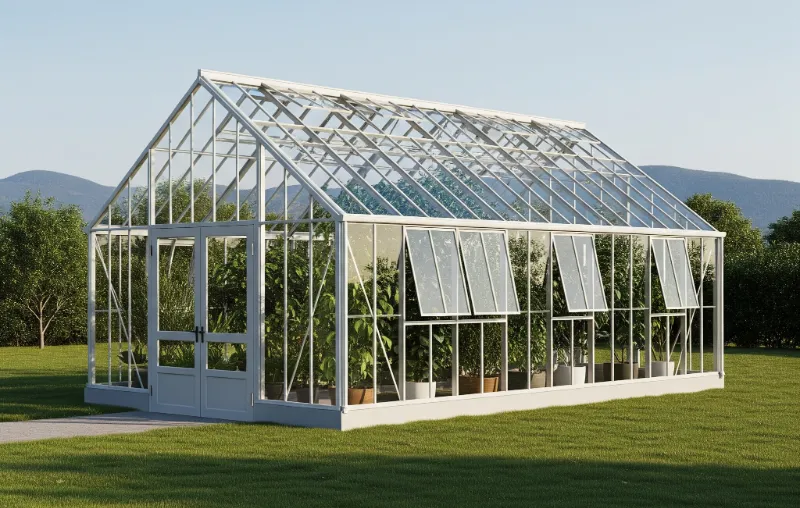
Control Temperature & Humidity
One major advantage of growing food crops in a greenhouse is that you control the climate, not the weather. A freestanding greenhouse keeps more heat inside, especially if it’s well-insulated. You can adjust the temperature by using:
- Small heaters in winter
- Misting systems during dry months
- Insulation sheets or polycarbonate panels
You can also use natural thermal mass. For example, place black water barrels or stones inside your greenhouse. These absorb sunlight during the day and release warmth at night. This helps reduce energy use and saves money in the long run.
3. Maximum Customization & Growth Space
Design for Your Garden Goals
One of the biggest benefits of freestanding greenhouses is how customizable they are. No matter how big or small your garden space is, there’s a greenhouse that fits just right. You can start with a compact model for herbs and seedlings or go with a larger one for growing vegetables year-round. That’s the beauty of having full design control.
These make your space more functional and organized. And since the greenhouse stands on its own, there’s no need to worry about aligning with your house’s walls or layout. You’re free to build in the shape and style you prefer.
Another big advantage of having a greenhouse like this is flexibility for future upgrades. You can expand it later, move it to a sunnier spot, or even redesign the interior when your gardening needs grow.
Grow More, Your Way
A freestanding greenhouse fits all kinds of garden styles. If you are a DIY beginner just planting herbs or a serious grower raising vegetables for the whole season, it supports your goals. Over time, you’ll find it more cost-effective too, because you’ll be growing your organic food at home.
Some gardeners even take it a step further and turn part of their greenhouse into a peaceful garden room. Add a small bench, a few potted plants, and you’ve got your relaxing corner.
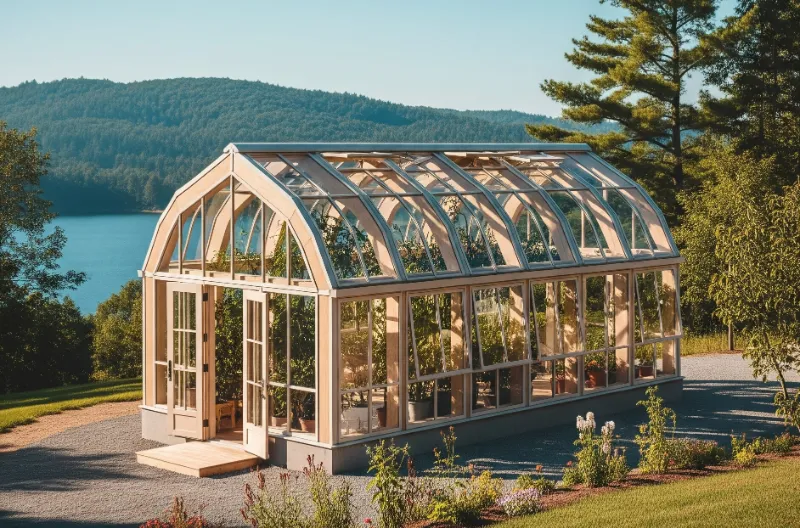
Greenhouses & the Environment
A greenhouse is a good example of how we use the greenhouse effect positively and naturally. It traps heat from the sun to keep your plants warm, even when it’s cold outside. This means you can grow food all year without using much electricity or gas for heating.
Also, by growing your vegetables at home, you can reduce the need to buy store-bought produce. That helps cut down the amount of greenhouse gas from food transport and packaging. It’s a small step, but it supports a cleaner and greener planet.
Conclusion
A freestanding greenhouse is a great choice for anyone who wants to grow plants in every season. It gives you full control over where to place it, so your plants get the most sunlight. It also helps you manage temperature, airflow, and humidity, which keeps your plants healthy.
You can build it in any size or style, depending on your garden space. If you are growing herbs in a small corner or vegetables in a larger area, this type of greenhouse fits your needs. It’s a simple way to enjoy fresh, healthy plants all year.
Frequently Asked Questions
What is the best spot for a freestanding greenhouse?
Place it where your plants can get at least 6 hours of direct sunlight. Choose a flat area with good drainage to keep the greenhouse stable and dry.
Can I grow food in a freestanding greenhouse year-round?
Yes, you can grow herbs, leafy greens, and even vegetables like tomatoes all year. Just make sure to control the temperature and humidity inside.
Do freestanding greenhouses need permits?
Some places may need a permit before setting up a greenhouse. It’s best to check local building rules or zoning laws first.
Are freestanding greenhouses better than attached ones?
If you want more sunlight, better airflow, and a flexible design, freestanding greenhouses are a better option. They work well in open spaces and offer more control.

- Be Respectful
- Stay Relevant
- Stay Positive
- True Feedback
- Encourage Discussion
- Avoid Spamming
- No Fake News
- Don't Copy-Paste
- No Personal Attacks

- Be Respectful
- Stay Relevant
- Stay Positive
- True Feedback
- Encourage Discussion
- Avoid Spamming
- No Fake News
- Don't Copy-Paste
- No Personal Attacks



